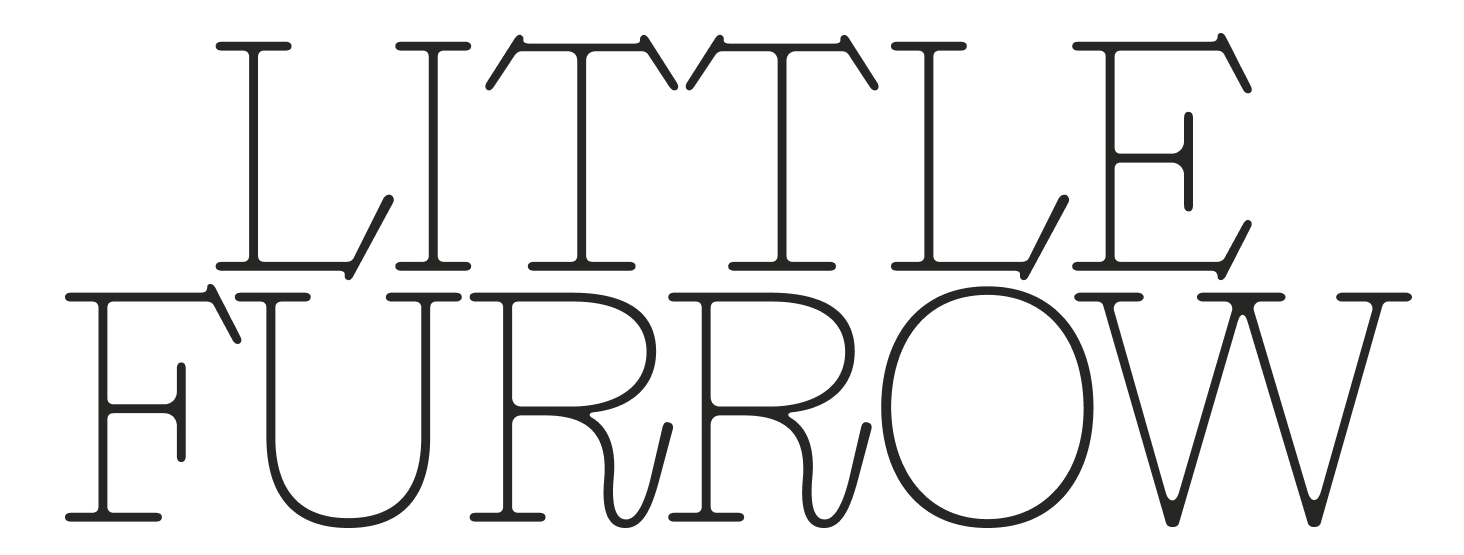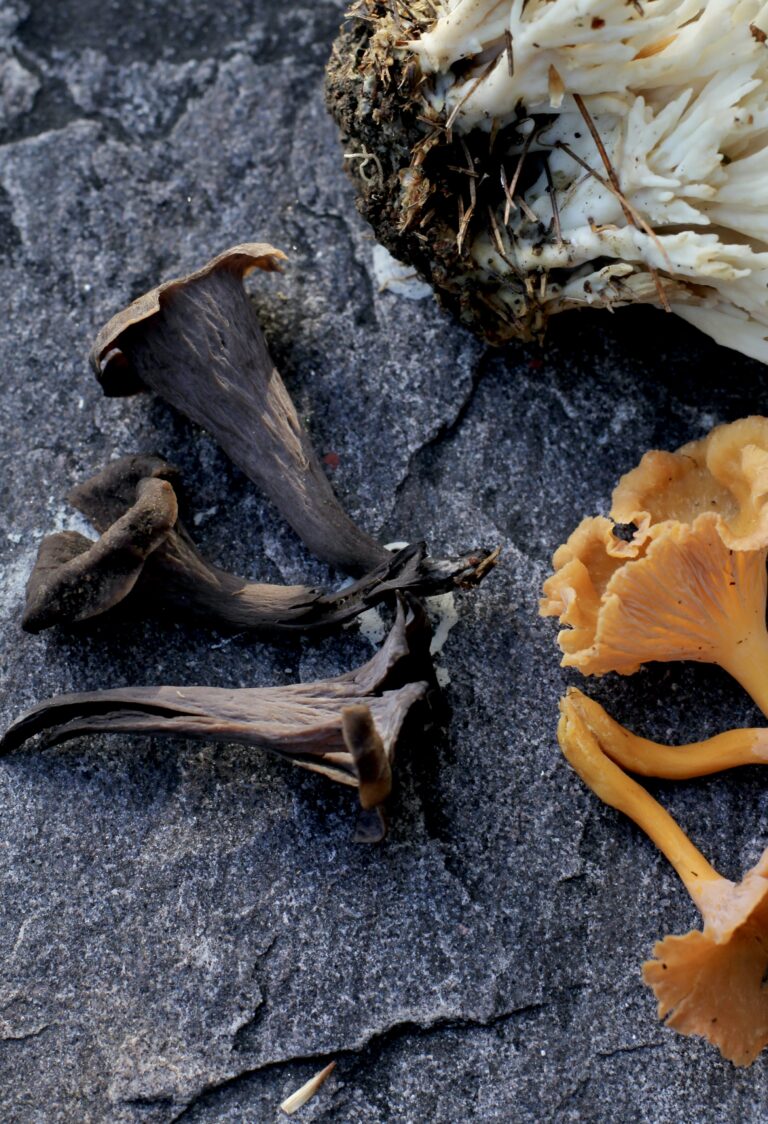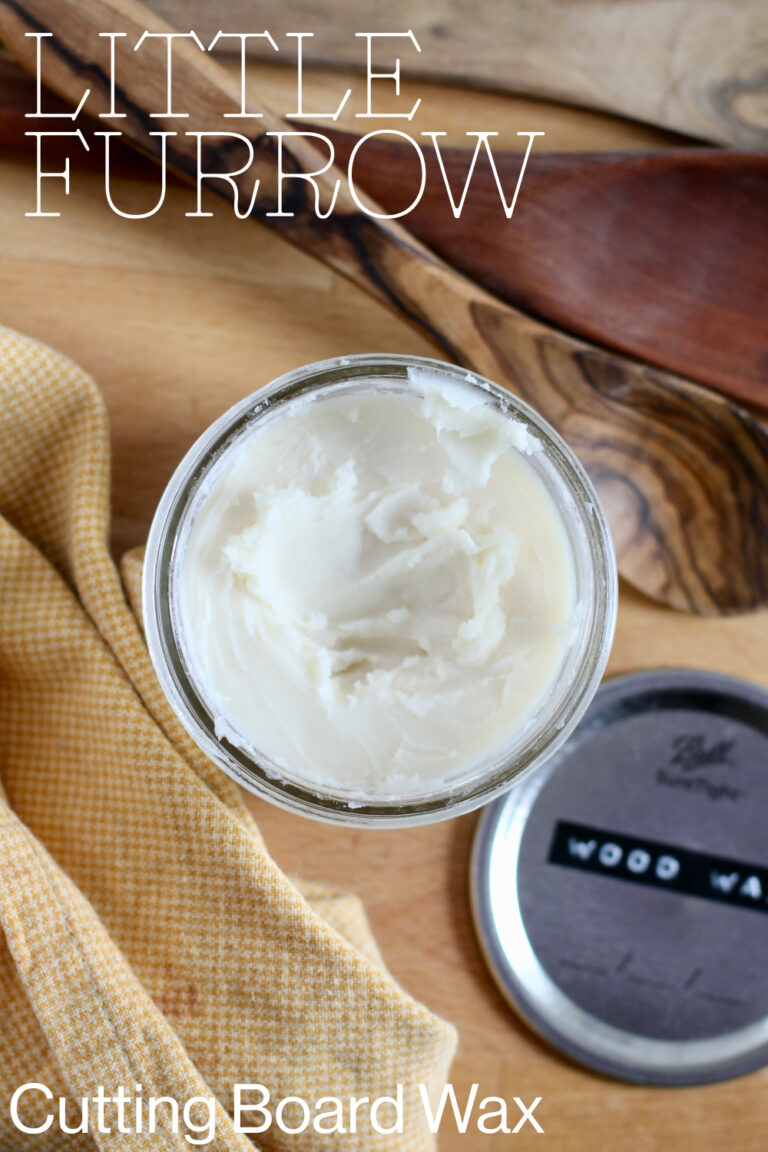How to Forage Mushrooms: The Do’s and Don’ts
Foraging for mushrooms has a reputation of being hard and intimidating. When I first started, I definitely felt worried about eating mushrooms I had found in the wild. Mushrooms get a bit of a bad rap, and while some are very poisonous, the majority of mushrooms you’ll come across won’t give you more than some unfortunate stomach issues.
While I too had thoughts about getting super sick, the more practice I got the more confident I became and realized I didn’t have to worry so much. People have been gathering mushrooms for hundreds of years and thankfully we live in a time where there is way less guessing. There are so many great resources for learning about how to forage mushrooms and how to identify them.

Learn to Forage Easily-Identifiable Mushrooms
One of the best tips on how to forage mushrooms I could give is to start simple. There are many edible mushrooms in the US, but there are a few that are particularly easy to identify and are really delicious. The mushrooms that I feel confident foraging for are: Oyster, Chicken of the Woods, Puffball, Morel, Lion’s Mane and Turkey Tail. Not only are most of these mushrooms delicious, but a few of them have really amazing benefits for your brain and immune system.
Once you start to learn how to forage mushrooms in the wild, you won’t stop seeing them. On roadsides, in parks, even in the city. It’s so fun and really much easier than you’d think.
So how should you go about foraging?

What You Need to Forage Mushrooms
Do’s:
- Buy a guide book on how to forage mushrooms specifically for your area/region.
- Triple check any mushrooms you find and exercise caution.
- Choose a variety of mushroom that has very few to no lookalikes as your entry point into mushroom foraging.
- Watch videos made by seasoned foragers.
- Get acquainted with not only edible mushrooms, but poisonous mushrooms as well.
- Learn about the different types of mushrooms, like gilled and polypores.
Don’ts:
- First and foremost, don’t be too intimidated to get started.
- Don’t go out foraging unprepared. Take a book on foraging with you, or use apps like Picture Mushroom. While these resources aren’t always fully reliable, they will definitely be a big help.
- Don’t take every mushroom in an area. It can be tempting, but leave some behind to release spores and reproduce. It also is good to share the wealth, so leave some for others to find.

What Can You Make with Foraged Mushrooms?
- Medicinal tinctures
- Spore print art
- Toadstool shelves
- Painted “artist bracket” mushrooms
Not all foraging has to be for food. You can collect fun mushrooms for purely educational purposes. The more you go out foraging, the better acquainted you’ll be with the differences between mushrooms. This will help you to feel more confident and comfortable over time.
If you still have worries about foraging, another fun way to learn about mushrooms is to buy a grow your own mushroom pack, like this one from NorthSpore. This way, you can get acquainted with mushrooms without any of the guessing.
By the way, check out our guide to foraged food for more tips on foraging.
Good luck and happy hunting,
–Ev
Resources
- How to Spot Lion’s Mane
- Varieties of Edible Mushrooms
- Wild Mushrooms
- Wild Mushrooming
- Field Guide to Mushrooms
- The Complete Mushroom Hunter
*This is not professional medical advice and I am not a doctor. Please use your own discretion when foraging and consuming plants you have found. It is at your own risk.







